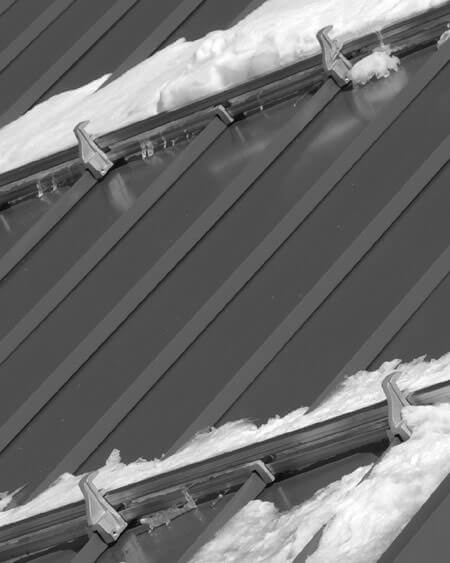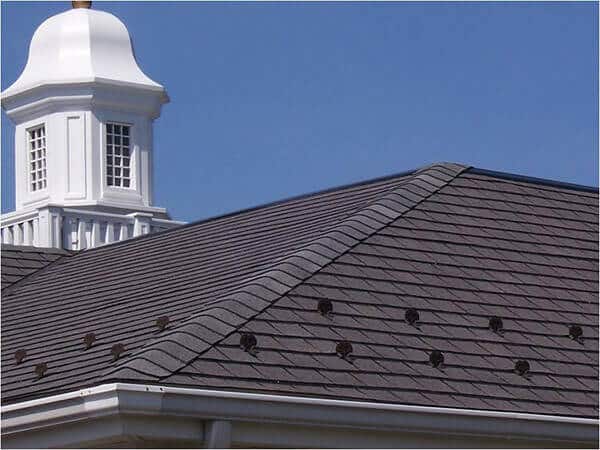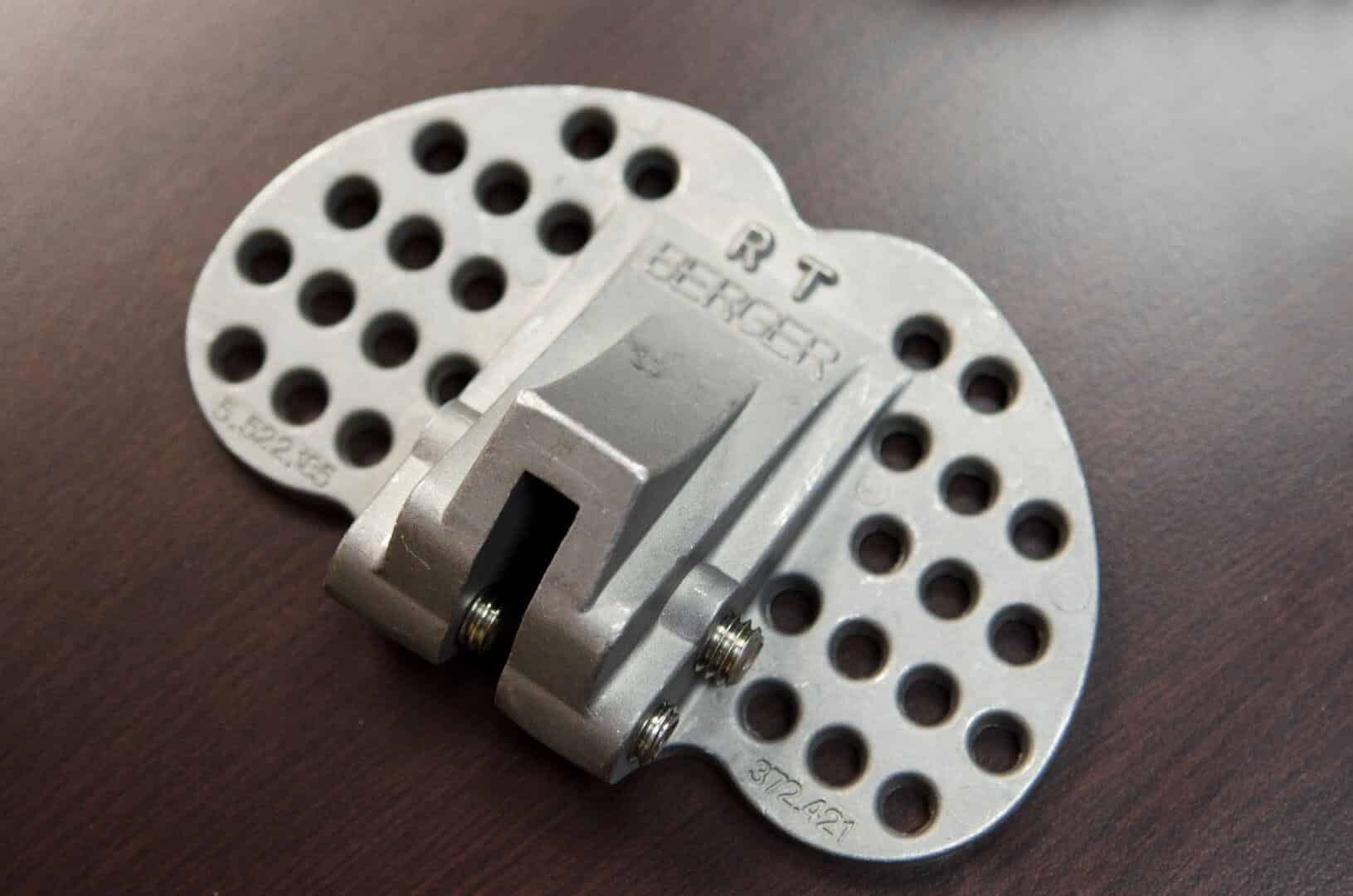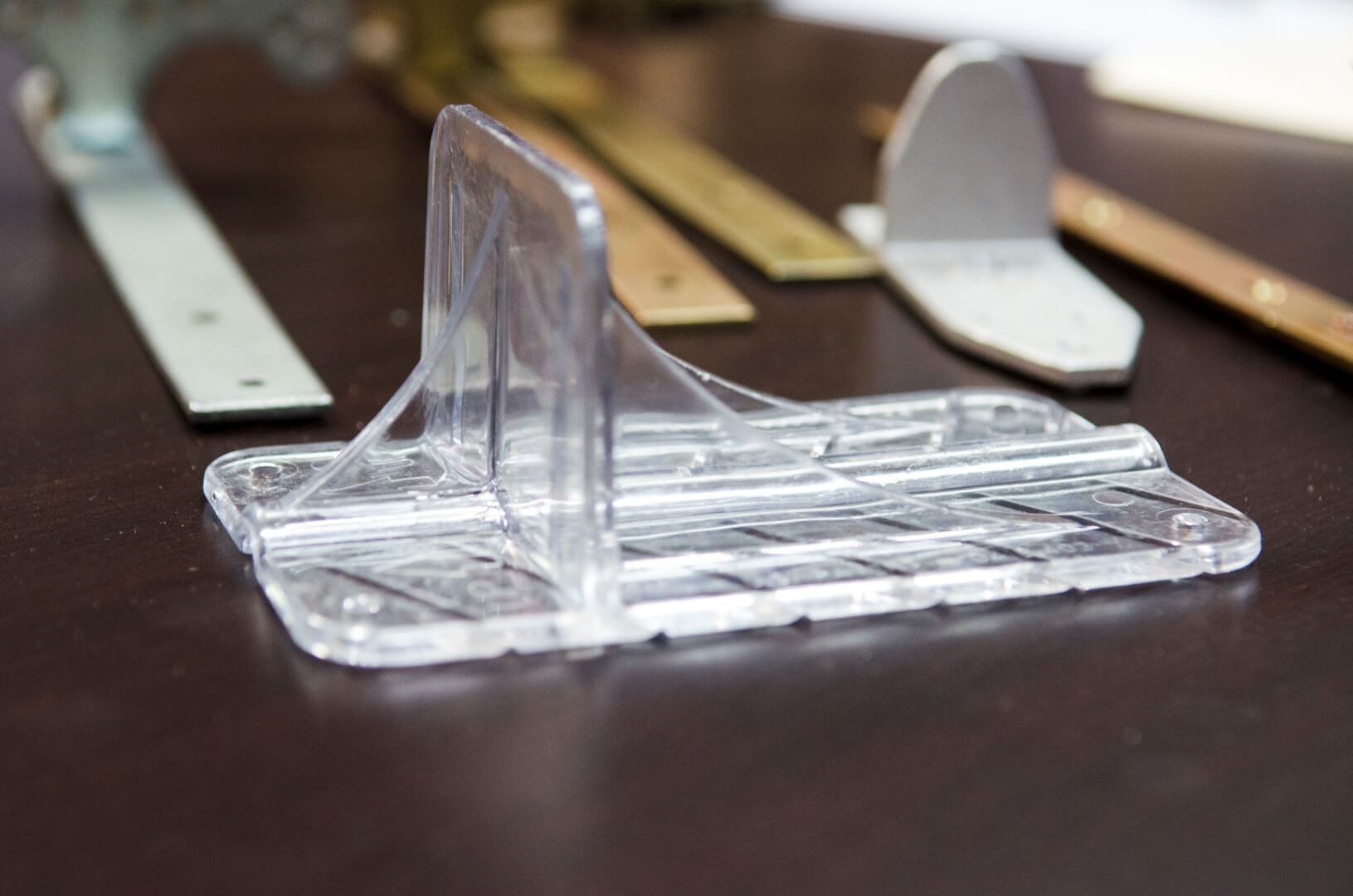Trust our Snow Guards from The Brothers that just do Gutters throughout Freehold and the surrounding areas
Snow guards come in a wide array of configurations, sizes, and designs. Their purpose is to bypass the snow or ice from dropping off the roof onto gardens, vehicles, or those beneath. They keep the snow on the roof so it gradually dissolves away from the strong sunlight or another heat origin.
Ordinarily, snow guards are used on buildings or homes with seriously angled roofs constructed of slate, timber or metal. Asphalt roofs usually provide sufficient friction to deter the snow from sliding off the roofing. As the snow amasses in wet conditions, it may attach itself together. The coalesced lump of snow will consequently freeze during overnight hours making a menacing mass of ice. Even with appropriate attic insulation, melting beneath the roof will cause the complete roof area to become slippery enough so that the weight of the ice block triggers it to move off the roofing. The snow guard aims to preserve the snow on top of the roof in these circumstances.




In inclement weather conditions, the snow and ice cannot properly thaw from the roof, but will instead accumulate on top of it. In a multitude of chillier regions where snow guards are employed to detain snow on the roof, a heating origin is also attached to the roof to help scatter the snow. Because of roof warranties and fire perils, we don’t advise using heat tape on many roof surfaces. Nevertheless, there are different strategies for decent melting away of the snow and ice.
Deciding which snow guard to install will depend on your roof type. The most inconspicuous option with the best protection against corrosion is a Lexan snow guard, which needs to be applied to metal roofs with a weatherproof agent.
When utilizing cedar shakes or stone tiles, aluminum is a desirable material. We use it in gutter placements because of its low corrosiveness and ecological friendly attributes. Nevertheless, when referring to metal roofs, they arrive in various metallic sorts including aluminum, copper, galvanized and galvalume steel. It is recommended to employ the same metallic alloy for both the roof and snow guard in order to avoid corrosion clashes that will take place. The contrasts in the metallic compounds will cause disparities in alkalinity in the components. On occasion an insulator can be affixed to the components to hinder this but rainwater will still form an electrolyte or acidic bridge. This will ultimately result in predicaments later on.
A solutionist from The Brothers that Just do Gutters can help you figure out if snow guards are a viable solution for the winter weather. We offer numerous services, like installations, to help control negative conditions caused by snow. Contact us today to learn more.

